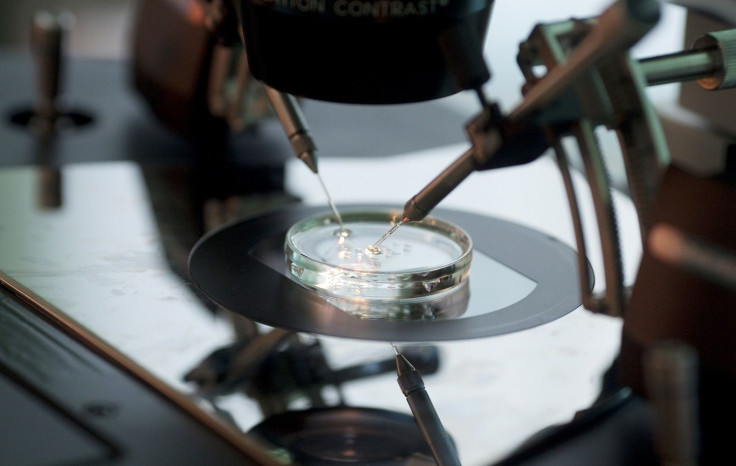IVF clinics clarify misleading success rate claims after ACCC investigation

Several IVF clinics have changed their claims following an Australian Competition and Consumer Commission investigation. The ACCC have reviewed the claims on their websites and found that some have used misleading terms to confuse consumers.
According to the consumer regulator, some IVF clinics used “clinical pregnancy rate” data to compare their success rates. However, what the data actually reflected was their success in creating an embryo, not the live birth rates. These were accompanied by photographs of newborn babies, giving consumers misleading impression about the successful pregnancy rates achieved in their clinics.
“The ACCC reviewed website content from all major Australian IVF clinics and found that some made success-rate comparisons without adequate disclosure about, or qualification of, the nature of the data or graphics used to make the claim,” ACCC Commissioner Sarah Court said in a statement.
“In addition, some IVF clinics used technical terms understood by industry participants but which may be misleading to consumers without further clarification or explanation.”
The investigation followed a complaint from the Australian Health Practitioner Regulation Agency. The ACCC worked with the Fertility Society of Australia to improve industry-wide awareness of and compliance with the country’s consumer law.
Assisted reproduction is a competitive industry in Australia, with around 34,000 women undergoing fertility treatment annually. A cycle of IVF can cost up to $12,000 at a premium clinic, while it’s around $2,500 at low-cost clinics, according to the ABC. More low-cost operators are emerging and challenging the industry’s top players, including IVF Australia, perhaps leading others to put up misleading claims.
“There is increased competition for a static number of patients and particularly the small units are under pressure,” David Molloy, chair of Fertility Society of Australia’s IVF Directors’ Group, told the news publication, adding the investigation had been a “good thing” for the IVF industry.
Court said both small and top players in the industry have changed their advertising in response to the investigation.





















